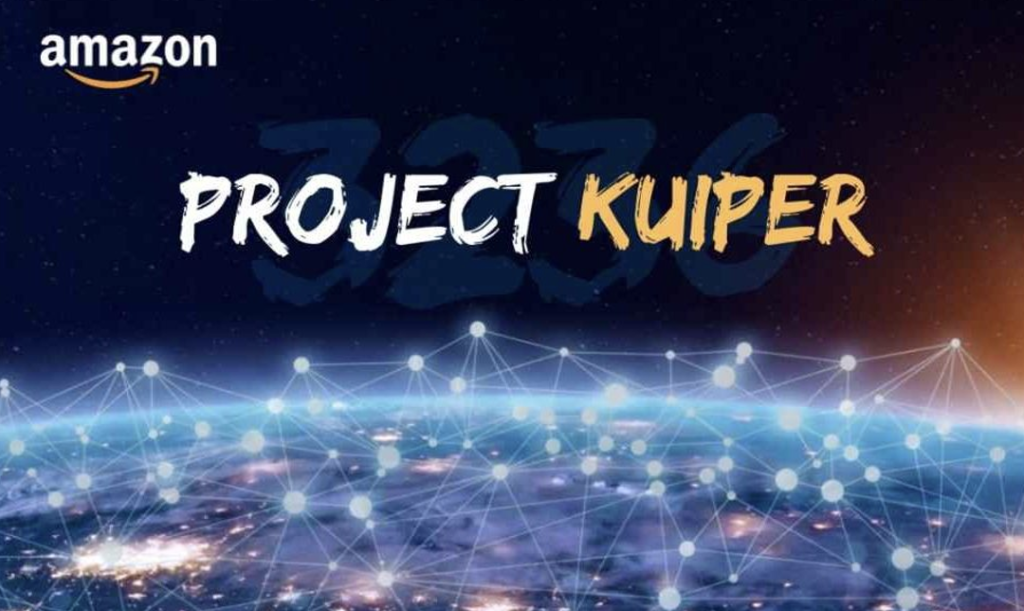Early in 2023, a brand-new rocket carrying two prototype satellites for Amazon’s Project Kuiper satellite broadband program will blast out into space. Kuipersat version 1 and 2, Amazon’s first two satellites, will be finished later this year, and the company hopes to launch both of them early in 2023 using United Launch Alliance’s latest Vulcan Centaur rocket. A joint company between Boeing and Lockheed Martin, United Launch Alliance has been providing launch services to other businesses since 2006.
What is Project Kuiper?
In the next five years project Kuiper, a new low Earth orbit (LEO) satellite internet service provider, plans to deploy 1,500 satellites. To expand its constellation and provide satellite broadband internet globally, 1 Kuiper aims to launch 3,236 satellites2. If you’re a digital nomad or reside in a remote place, you want to keep a watch on Project Kuiper. Because it claims to bring satellite broadband, or what the Federal Communications Commission (FCC) refers to as the internet, that delivers at least 25 Mbps. Even satellite internet has a higher latency, it can reach places where land-based internet, such as cable and fiber, cannot.
Even yet, none of the Kuiper satellites are operational. Even while Amazon intends to launch its first Kuipersat-1 and Kuipersat-2 prototype satellites in 2023, the whole constellation won’t be online for a while. 3 According to the FCC4’s license for Project Kuiper, the complete constellation of the Amazon company’s satellites must be launched by 2029, with half of them following suit by 2026. Service itself may go live at any point between those dates, according to our estimation.
Using NICE DCV to Securely and Economically Innovate
Engineers on Project Kuiper have constantly using NICE DCV for the past two years. NICE DCV is used by all parties engaged in the ASICs’ design to share data. NICE DCV doesn’t need any additional server resources to function because it is deployed directly on the Amazon EC2 instances that are powering the EDA solutions. When the server portion of the service runs on an Amazon EC2 instance, NICE DCV does not call for a software license, different from many other third-party solutions. As a result, Project Kuiper can save expenses because it only pays for the Amazon EC2 resources it utilizes and not any additional licensing costs.
The IT team can manage NICE DCV’s infrastructure more easily because it is a component of the AWS environment, and AWS supports the service. According to Pereira, adopting NICE DCV is very beneficial in terms of support if you use AWS. You require additional support for a competitor’s tool from the vendor if you install it.
Advantages of AWS
- Streams complicated graphics solutions safely
- Cost-effectively reduces costs by utilizing NICE DCV on Amazon EC2.
- creates and evaluates devices with countless transistors
- Enables remote work without providing each employee with pricey gear
Final thoughts
Project Kuiper has effectively carried out the tough research and design tasks remotely using NICE DCV. Remote engineers do not require powerful local workstations, and team members spread to different places have access to the same project tools and data. Using only NICE DCV, the team has already finished creating several kinds of chips. Feel free to visit fortressone.net for updates on projects like Kuiper.




